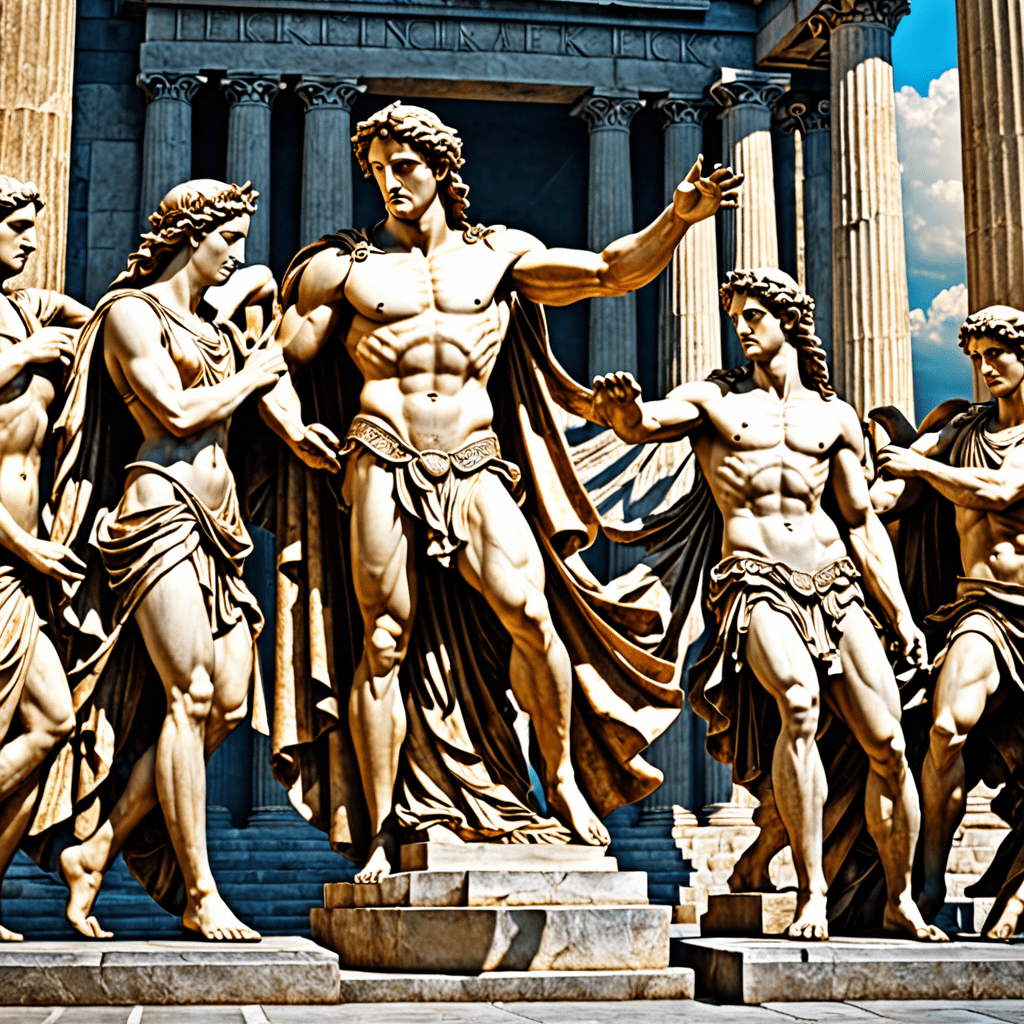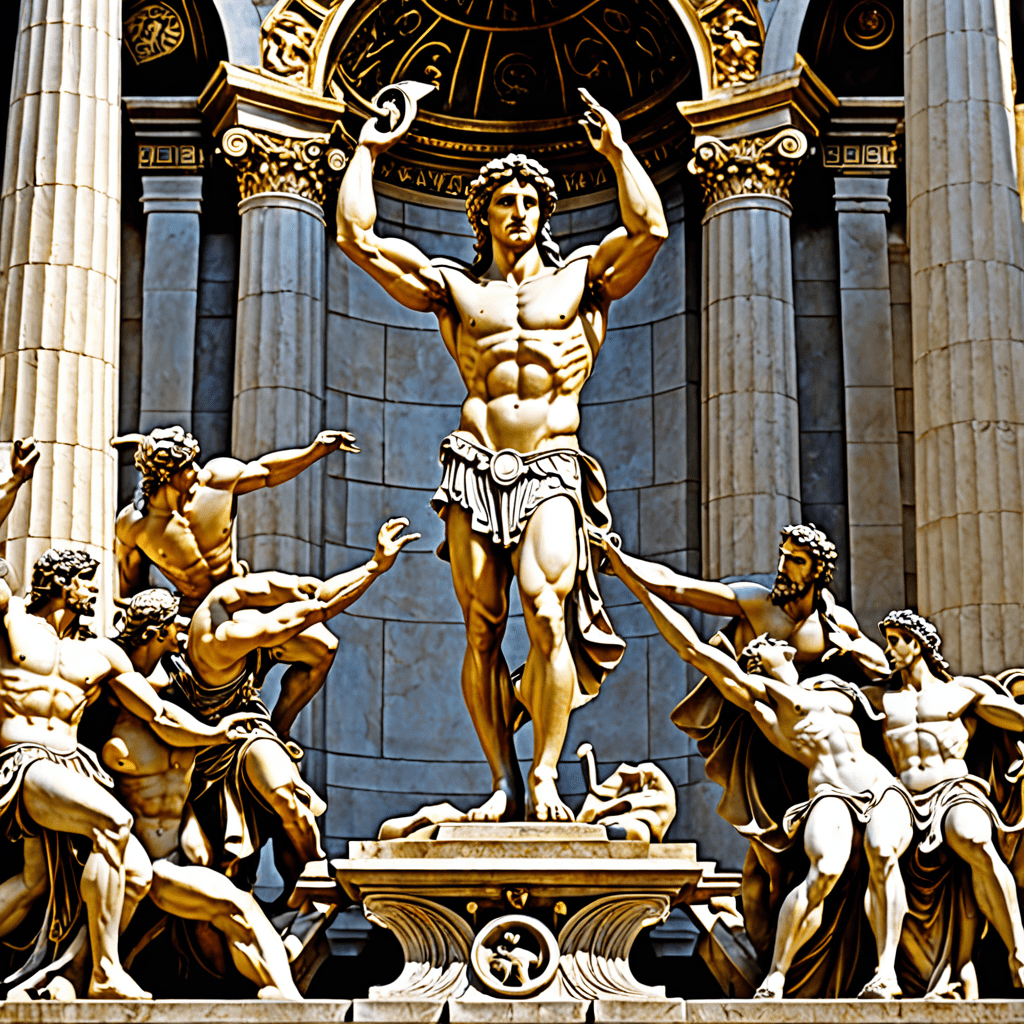The Evolution of Cultural Hero Myths Through History
1. Introduction to Cultural Hero Myths
Cultural hero myths are narratives that depict extraordinary individuals who embody the values, ideals, and struggles of a society. These myths serve as frameworks through which communities understand their history, identity, and aspirations. Throughout human history, hero myths have played an essential role in shaping cultural narratives and providing models of behavior.
In this article, we will explore the origins of hero myths in ancient civilizations, the structure of the hero’s journey, the evolution of heroism through different historical periods, and the contemporary implications of these myths in today’s society.
2. The Origins of Hero Myths in Ancient Civilizations
Hero myths can be traced back to the earliest civilizations, where they served as explanations for natural phenomena and cultural phenomena. In Mesopotamia, for instance, the Epic of Gilgamesh presents a king who embarks on a quest for immortality, reflecting human concerns about death and legacy.
Similarly, in ancient Egypt, gods and pharaohs were often depicted as heroes who performed extraordinary feats, embodying the society’s values and religious beliefs. The mythology in these cultures provided:
- A means to explain the unknown.
- A shared narrative that promoted societal cohesion.
- Models for ideal behavior and leadership.
3. The Hero’s Journey: Archetypes and Structure
Joseph Campbell’s concept of the “monomyth,” or the hero’s journey, outlines a common narrative structure found in hero myths across cultures. This journey typically includes stages such as the call to adventure, the crossing of thresholds, trials, and the eventual return home transformed.
Common archetypes associated with the hero’s journey include:
- The Hero: The central character who undergoes transformation.
- The Mentor: A wise figure who provides guidance and support.
- The Shadow: Represents the darker aspects of the hero’s journey, often posing challenges.
Various cultures have their own unique expressions of these archetypes, demonstrating the universal appeal and adaptability of hero myths.
4. Classical Antiquity: Greek and Roman Hero Myths
In classical antiquity, hero myths took on a more complex form, with notable figures such as Hercules and Achilles emerging from Greek mythology. These heroes not only engaged in epic battles and quests but also grappled with profound moral dilemmas.
The influence of philosophy and tragedy during this period added depth to hero narratives. Heroes often faced existential questions, and their stories reflected the ethical frameworks of their societies. For example, Achilles’ struggle with honor and mortality highlights the tension between personal desire and societal obligation.
5. Medieval and Renaissance Transformations
The medieval period saw the rise of chivalric heroes, such as King Arthur and Robin Hood. These figures embodied the ideals of bravery, loyalty, and justice, often set against the backdrop of feudal societies.
Religious narratives also significantly influenced hero myths during this time, with many heroes reflecting Christian values. The transition from pagan to Christian ideals marked a profound shift in the nature of heroism, emphasizing moral purity and divine grace.
6. The Enlightenment and the Rise of the Individual Hero
The Enlightenment brought about a significant change in the perception of heroism. Heroes began to embody reason, rationality, and individualism. Thinkers like Voltaire and Rousseau presented literary heroes as champions of human rights and freedom, reflecting the era’s emphasis on personal liberty.
This period marked a shift from collective heroism to individual narratives, where the hero’s journey became a metaphor for personal growth and enlightenment.
7. 19th and 20th Century Reinterpretations of Heroism
The 19th and 20th centuries saw a re-examination of hero myths in the context of nationalism and colonialism. Heroes were often portrayed as champions of national identity, reflecting the values and struggles of their societies.
Moreover, the emergence of anti-heroes and flawed characters in literature challenged traditional notions of heroism. Figures like Sherlock Holmes and Jay Gatsby illustrated the complexities of human nature and societal expectations, serving as reflections of contemporary values.
8. Contemporary Cultural Heroes in Media and Pop Culture
In modern media, cultural heroes are prevalent in film, literature, and video games. Characters such as Wonder Woman, Black Panther, and Katniss Everdeen serve as contemporary symbols of empowerment and social justice.
The role of diversity and representation has become increasingly important in hero narratives, with creators striving to reflect a broader range of experiences and identities. Digital media has further transformed the evolution of hero myths, allowing for more interactive and participatory storytelling.
9. The Psychological and Sociological Implications of Hero Myths
Hero myths serve significant psychological functions, aiding in identity formation and providing role models for individuals. They can inspire behavior and motivate people to strive for greatness in their own lives. Moreover, during times of crisis, societies often turn to heroes as symbols of hope and resilience.
The societal need for heroes highlights the importance of these narratives in fostering community and shared values.
10. Conclusion: The Future of Cultural Hero Myths
As we move into the future, the evolution of cultural hero myths will likely continue to adapt to societal changes and technological advancements. The increasing emphasis on diverse representation and complex characterizations suggests that hero myths will become even more reflective of the multifaceted human experience.
Ultimately, cultural hero myths will endure as crucial elements of storytelling, shaping our understanding of ourselves and the world around us.



